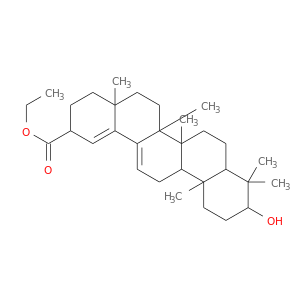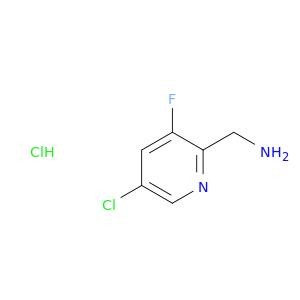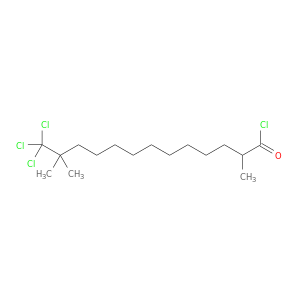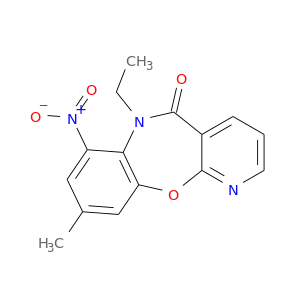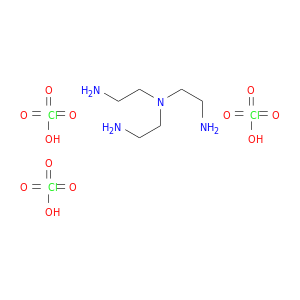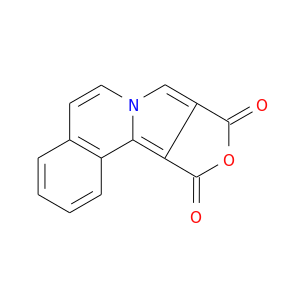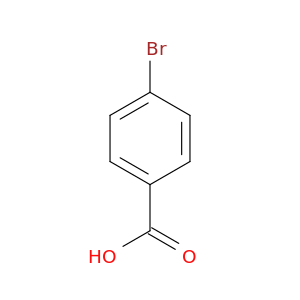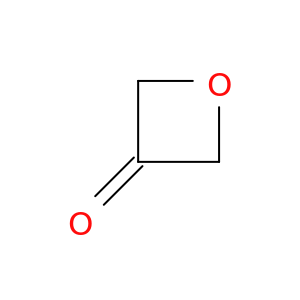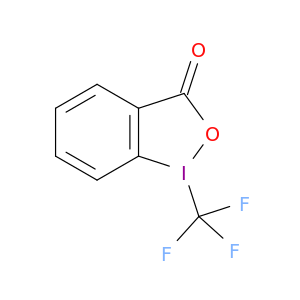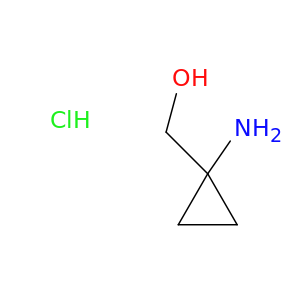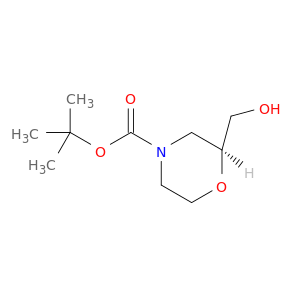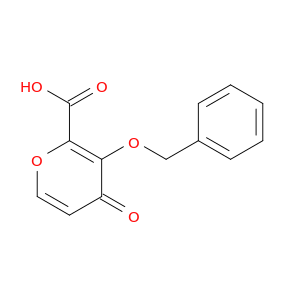200,000+ products from a single source!
sales@angenechem.com
Home > Other Building Blocks > 100462-56-4
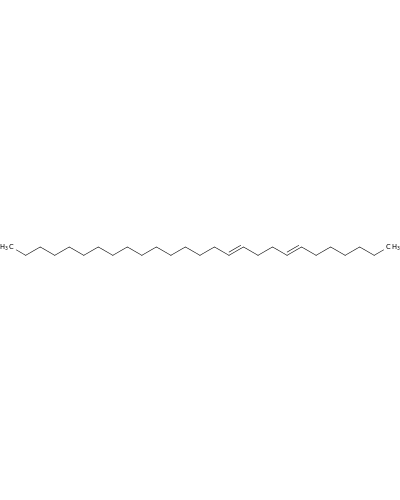
100462-56-4 | 7,11-Heptacosadiene
CAS No: 100462-56-4 Catalog No: AG00022H MDL No:
Product Description
Catalog Number:
AG00022H
Chemical Name:
7,11-Heptacosadiene
CAS Number:
100462-56-4
Molecular Formula:
C27H52
Molecular Weight:
376.7018
IUPAC Name:
heptacosa-7,11-diene
InChI:
InChI=1S/C27H52/c1-3-5-7-9-11-13-15-17-19-21-23-25-27-26-24-22-20-18-16-14-12-10-8-6-4-2/h13,15,21,23H,3-12,14,16-20,22,24-27H2,1-2H3
InChI Key:
RJYQFYALHBHYMG-UHFFFAOYSA-N
SMILES:
CCCCCCCCCCCCCCCC=CCCC=CCCCCCC
Properties
Complexity:
299
Compound Is Canonicalized:
Yes
Covalently-Bonded Unit Count:
1
Defined Atom Stereocenter Count:
0
Defined Bond Stereocenter Count:
0
Exact Mass:
376.407g/mol
Formal Charge:
0
Heavy Atom Count:
27
Hydrogen Bond Acceptor Count:
0
Hydrogen Bond Donor Count:
0
Isotope Atom Count:
0
Molecular Weight:
376.713g/mol
Monoisotopic Mass:
376.407g/mol
Rotatable Bond Count:
22
Topological Polar Surface Area:
0A^2
Undefined Atom Stereocenter Count:
0
Undefined Bond Stereocenter Count:
2
XLogP3:
13
Literature
| Title | Journal |
|---|---|
| The Drosophila female aphrodisiac pheromone activates ppk23(+) sensory neurons to elicit male courtship behavior. | Cell reports 20120628 |
| ppk23-Dependent chemosensory functions contribute to courtship behavior in Drosophila melanogaster. | PLoS genetics 20120301 |
| Genes involved in sex pheromone discrimination in Drosophila melanogaster and their background-dependent effect. | PloS one 20120101 |
| Peripheral, central and behavioral responses to the cuticular pheromone bouquet in Drosophila melanogaster males. | PloS one 20110101 |
| Pheromonal and behavioral cues trigger male-to-female aggression in Drosophila. | PLoS biology 20101101 |
| Molecular and cellular designs of insect taste receptor system. | Frontiers in cellular neuroscience 20100101 |
| Behavioural neurobiology: Chemical love. | Nature 20091015 |
| Specialized cells tag sexual and species identity in Drosophila melanogaster. | Nature 20091015 |
| Contribution of oenocytes and pheromones to courtship behaviour in Drosophila. | BMC biochemistry 20090101 |
| Overexpression of Drosophila juvenile hormone esterase binding protein results in anti-JH effects and reduced pheromone abundance. | General and comparative endocrinology 20080301 |
| An inhibitory sex pheromone tastes bitter for Drosophila males. | PloS one 20070101 |
| Quantitative trait loci for cuticular hydrocarbons associated with sexual isolation between Drosophila simulans and D. sechellia. | Genetics 20051201 |
| Relations between cuticular hydrocarbon (HC) polymorphism, resistance against desiccation and breeding temperature; a model for HC evolution in D. melanogaster and D. simulans. | Genetica 20040301 |
| Ecological adaptation during incipient speciation revealed by precise gene replacement. | Science (New York, N.Y.) 20031205 |
| Involvement of desat1 gene in the control of Drosophila melanogaster pheromone biosynthesis. | Genetica 20020401 |
| Control of female pheromones in Drosophila melanogaster by homeotic genes. | Genetical research 20011201 |
Related Products
Featured Products
© 2019 Angene International Limited. All rights Reserved.


